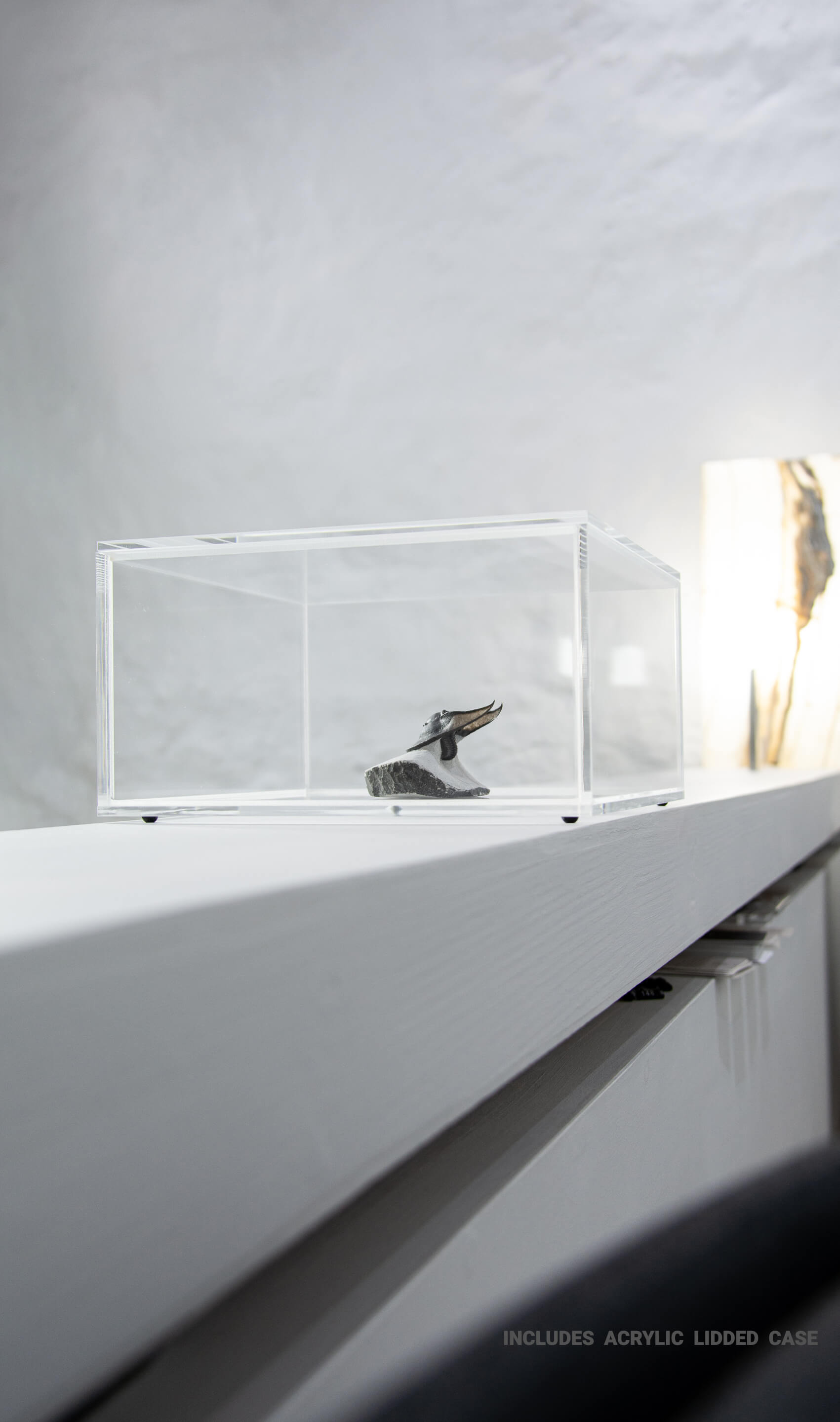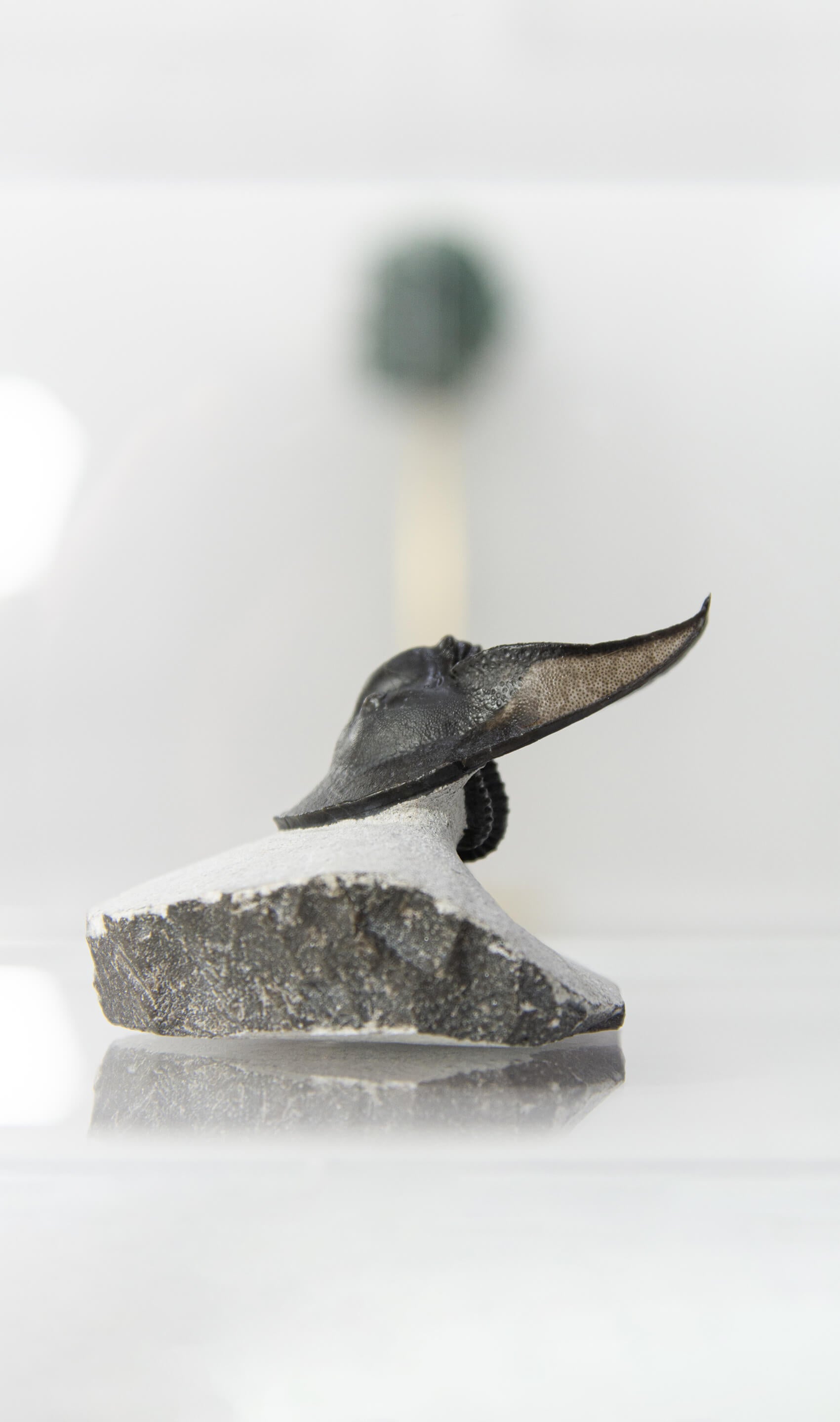The Harpes Trilobite
Welcome to the world of trilobite fossils, + here's our latest addition; a Harpes trilobite which is an easily recognised bottom seabed dweller due to its large semi-circular to oval cephalon -...
Welcome to the world of trilobite fossils, + here's our latest addition; a Harpes trilobite which is an easily recognised bottom seabed dweller due to its large semi-circular to oval cephalon -...

Welcome to the world of trilobite fossils, + here's our latest addition; a Harpes trilobite which is an easily recognised bottom seabed dweller due to its large semi-circular to oval cephalon - a-flat or convex genal rim is a unique and enigmatic feature of this type. This rim is perforated with pits, probably a filtering system for food particles.

The extraordinary and famous Harpes trilobite measuring overall 86mm is a fine specimen and wonderfully articulated. These exotic trilobites have formed some of the most iconic sci-fi films made to date that have helped shape the structure of some of the most sophisticated architectural builds in modern times.

This is one of our favourite trilobite species due to its patterning and streamlined aesthetic. The attributes of the species are most notable by the wide heavily pitted brim and the fringe with a curled rim. From the anterior brim emanates two elegant long spines that taper to a point and the genal spine and upper carapace are in good condition. The eyes are set back high on the glabella (mid-head shield), while the thoracic segments (mid-body) are well defined too.
With reference once more to the Martian-looking brim, this wide brim with innumerable pitting could have been an aid to give the invertebrate lift, much like a hydrofoil, again this is the theory at this time.
Palaeontologists theorise the possible functions of these anatomical features, either being a wide sieve to filter bottom sediments for food or to detect movement if it were a sensory organ.

Over the 250,000,000-year range of the trilobites, many different morphological adaptions developed from free swimmers to bottom sifters. In this type an expanded and pitted cephalic (cephalon - headshield), fringe, is a distinct anatomical development, harpetids and trinucleids types have this. Includes a beautifully designed acrylic display box.

Genus: Harpes indet trilobite
Family: Harpetidae, Harpididae
Age: Palaeozoic, Middle Devonian, Emsian, 408,000,000 to 393,000,000 years
Origin: Tiskaouine Formation DJebel issoumour, Boudib village, N.E. Issoumour, Ma’ader basin, Draa-Tafilalet, Morocco, North Africa
Includes: a beautifully designed acrylic display box
Harpes: L: 4.1 CM / W: 3.1 CM / D: 0.9 CM
In matrix: L: 8.6 CM / W: 7.2 CM / H: 5.7 CM
Your BAG is empty
Go Explore